There’s a particular kind of paralysis that comes with having too many options. I know it well. Standing at my desk, staring at the screen, a mountain of tasks in front of me, each one screaming for attention. The website redesign that’s been “almost done” for weeks. The blog post I’ve been meaning to write. The client email I need to craft perfectly.
And here’s the trap I fall into every time: as long as I haven’t started, it could still be perfect. The moment I write the first word, make the first design decision, implement the blueprint for a component—it becomes real. Flawed. Human. So I freeze. I rearrange my to-do list. I make another coffee. I convince myself I just need to think about it a little longer.
The irony is that I know exactly what helps. I've known for years.
The Inner Negotiation
It’s a Tuesday morning, already slipping away, and I should be working. But I’m not. I’m refreshing Readwise Reader, checking Reddit, reorganizing notes, feeling sorry for myself because I’m so blocked.
I feel like a bundle of nerves. Jittery. Small things make me anxious. I can't work on the project that's making me nervous, and I can't work on anything else either. I'm stuck in this loop of self-pity and procrastination.
From experience, I know that going for a run in the forest helps. On every level. But here’s the conversation I have with myself: Running isn't working. The morning is already half gone. Can I really afford to spend another hour away from my desk? Is this a legitimate investment in productivity, or am I just avoiding the real problem?
The rational part of my brain knows the answer. I’ve done this enough times to know that the time I “lose” to the forest comes back as actual productive hours afterward. But there’s always this hesitation, this guilt about stepping away when there’s so much to do.
Sometimes I feel heavy, sluggish, useless. On those mornings, I know there’s nothing good unless I move, unless I try to push against it. Burying myself in negative thoughts doesn’t help. But still, I sit there, negotiating with myself about whether I’m allowed to leave.
Eventually, I put on my shoes.
Three Minutes to the Trailhead
From our apartment in eastern Freiburg, it’s around 300 meters to the train crossing, then straight into the forest. I’m still grateful for this proximity—that I can leave my door and within minutes be surrounded by trees. One moment I’m on pavement, the next I’m stepping onto dirt, and the ground immediately tilts upward.
And here’s something I’ve noticed: the farther I get from urban surroundings, the better it already feels. Even before I’m truly in the forest, even before the trail gets steep, something starts to shift.
The trails climb steadily. On weekday mornings, they're mostly empty. Just me, the trees, and my breathing getting heavier as the elevation builds.
From Head to Body
For the first twenty minutes, my mind is still back at my desk. I'm mentally composing that email. Redesigning that landing page. Arguing with myself about which task should come first. My legs are moving, but my thoughts are stuck in the same loop.
But here's what the forest forces me to do: shift focus from mind to body. When my brain is blocked, it's easier to move my body than to force my thoughts into submission. The hope is that afterward, I'll be more motivated. Or at least less paralyzed.
I climb toward the Franzosenschanze, then turn onto the Sägemännleweg, a narrow trail deeper going slightly downhill. My exact route varies depending on how much time and energy I have—sometimes I stay lower, sometimes I push higher. But it always involves climbing, and climbing requires attention. Not the anxious attention of staring at a to-do list, but the simple attention of where to put your feet next.
Then something shifts.
I can’t tell you the exact moment it happens. But somewhere along the trail, the loop breaks. The tasks that felt so urgent—they’re still there, but they’ve shrunk. Not because I don’t care anymore, but because the frame has changed.
The Cosmic Shift
These trees have been here longer than my deadline. This moss has been growing for years while I've been stressing about pixels. The forest will be here after the next website launches and nobody remembers it.
That perspective isn’t something I talk myself into. It happens organically. Especially when I’m blocked, when I’m feeling bad—getting out into nature helps put things in the right perspective. My work problems, the ones that feel so enormous at my desk, suddenly appear much smaller in the context of this much larger nature.
That should feel depressing, but it doesn’t. It feels like relief.
My website redesign, in the grand scheme of things, is cosmically insignificant. And somehow that makes it easier to go home and do it.
The Rare Magic of Inversion
Most days, it’s just forest. Trees and trails and the quiet satisfaction of climbing. But occasionally—a few times each autumn—Freiburg gets one of those special Inversionswetterlage mornings. The phenomenon is common enough: cold air settles in the Rhine valley, warm air sits above it, and the city disappears under a blanket of fog.
What makes it special is when the fog sits low enough that you can actually walk out of it. That’s rarer. Most of the time, the inversion layer reaches too high, and you'd need to drive up to the Schauinsland mountain to escape the gray. But every so often—maybe a handful of times a year—the fog stays below 500 meters, and that means I can climb out of it on foot.
On those mornings, you start in the cold soup of the valley. You climb through the gray, your breath visible, the world reduced to a few meters of trail in front of you. And then suddenly—you’re through. The sun hits your face. Below you stretches an endless sea of white, Freiburg buried somewhere underneath. Above, nothing but blue sky.
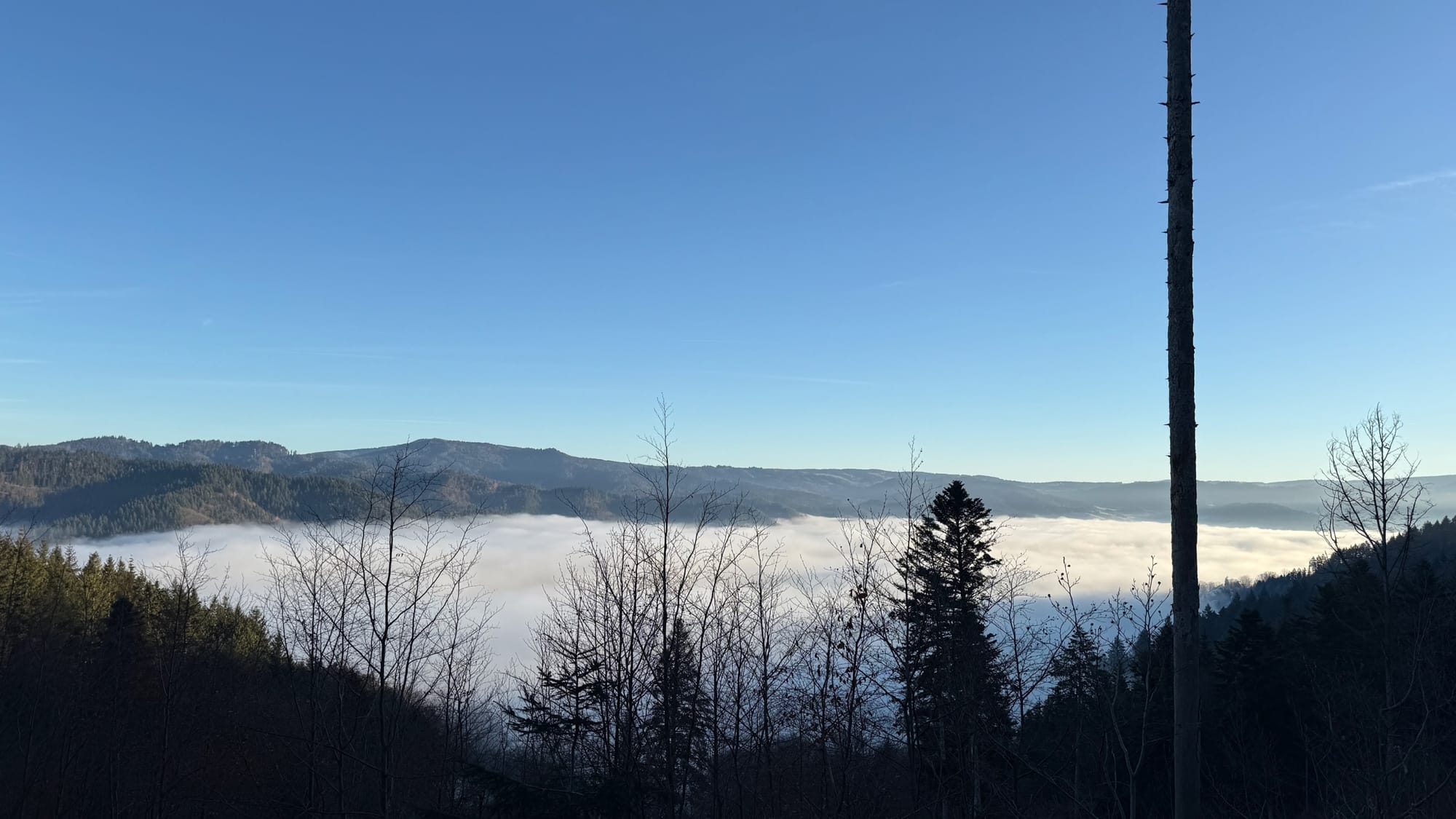
As special as those days are, they’re not the point. The point is that even on gray mornings, even when there’s no dramatic breakthrough above the clouds, the run still works. The shift still happens.
What Changes When You Return
I won’t claim that running in the forest magically solves problems. When I get back to my desk, the tasks are still there. The email still needs to be written. The redesign still needs to be finished.
But here’s what’s different: I’m not a bundle of nerves anymore. The jittery anxiety about which task to tackle has dissolved. Not twenty equally terrifying options. I pick one thing and do it.
The decision comes easily now. The weight that kept me stuck has lifted. The project that made me so nervous I couldn't work on it or anything else? It's still challenging, but it's no longer paralyzing.
And yes, the work I do after the run is better. I’m not trying harder— I’m just not fighting myself anymore. The hour I “lose” in the forest returns as two hours of progress. Net positive.
Why This Works (For Me)
I’m not going to dress this up in productivity language or neuroscience about forest bathing and cortisol levels. I’m not trying to optimize anything.
What I know is this: when I’m stuck, when I’m frozen by the fear of imperfection, when I'm refreshing my feed reader for the fifteenth time while telling myself I’m “thinking”—I need perspective. Not motivation. Not discipline. Just a reminder that the cosmos doesn’t care about pixel-perfect gradients and well-defined APIs.
The forest gives me that. Not because it offers some mystical cure, but because it shifts my priorities. The obsession with perfection shrinks. Gratitude for my family and the life we live grows. There's something humbling and freeing about that reordering. It's the act of moving from head to body, from abstract anxiety to concrete steps, from the small room of my mind into the world that puts everything in perspective.
An Invitation
Next time you’re stuck—really stuck, the kind where you’re rearranging your todo list instead of doing anything on it, where you feel like a bundle of nerves and can’t work on anything—you might try this.
Not because you should. Not because it’s some life hack for better focus.
But because sometimes the best way to move forward is to step away. To let your body move while your mind catches up. To remember that your work matters, but the trees don’t care, and somehow that makes it easier to do the work anyway.
Yes, running isn’t working. But sometimes not-working is exactly what you need to work again.
The trail will still be there. So will the tasks. But after forty minutes of quiet and climbing, I find that the choice of what to do first isn’t paralyzing anymore.
It's just the next step.
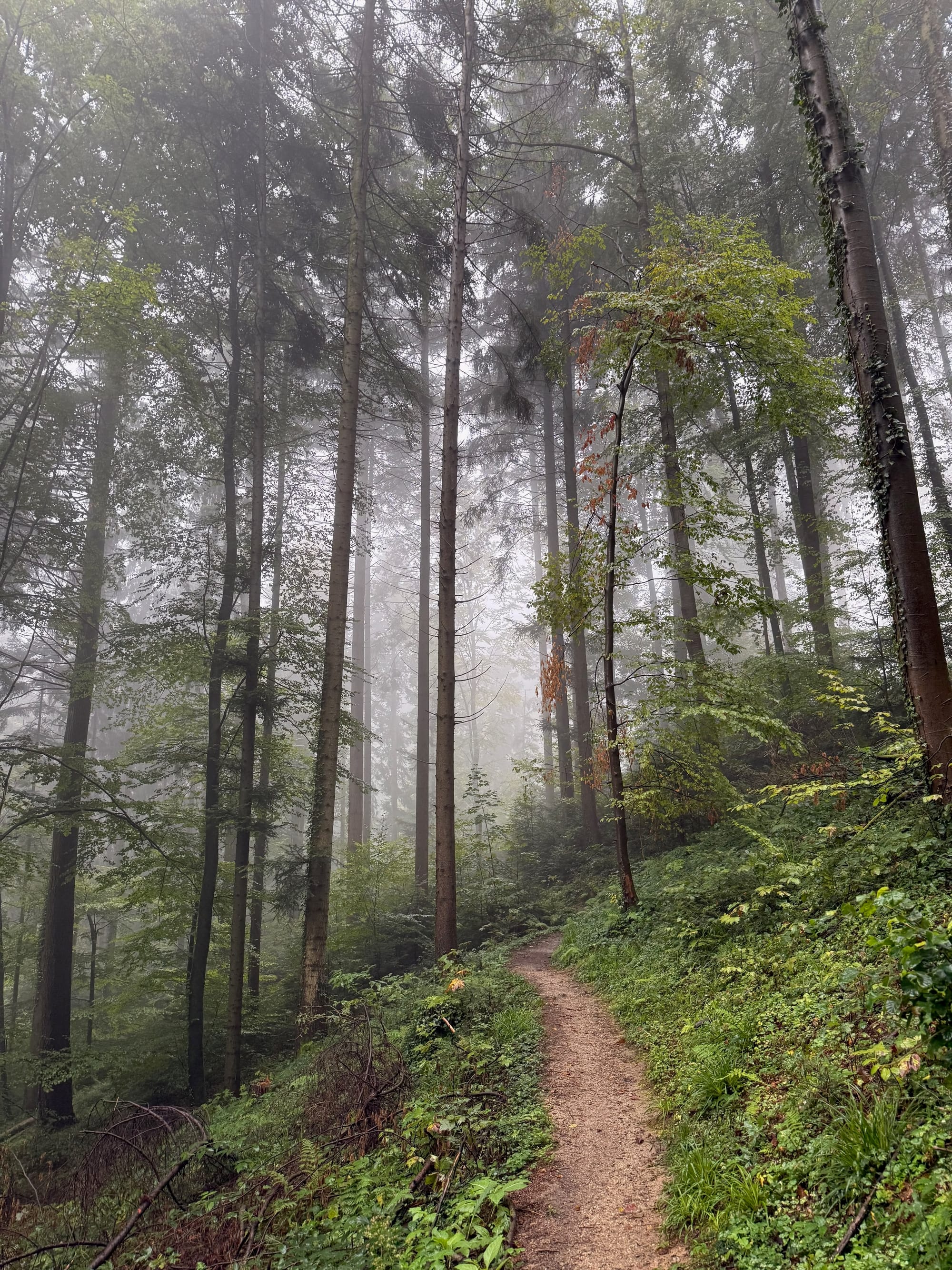
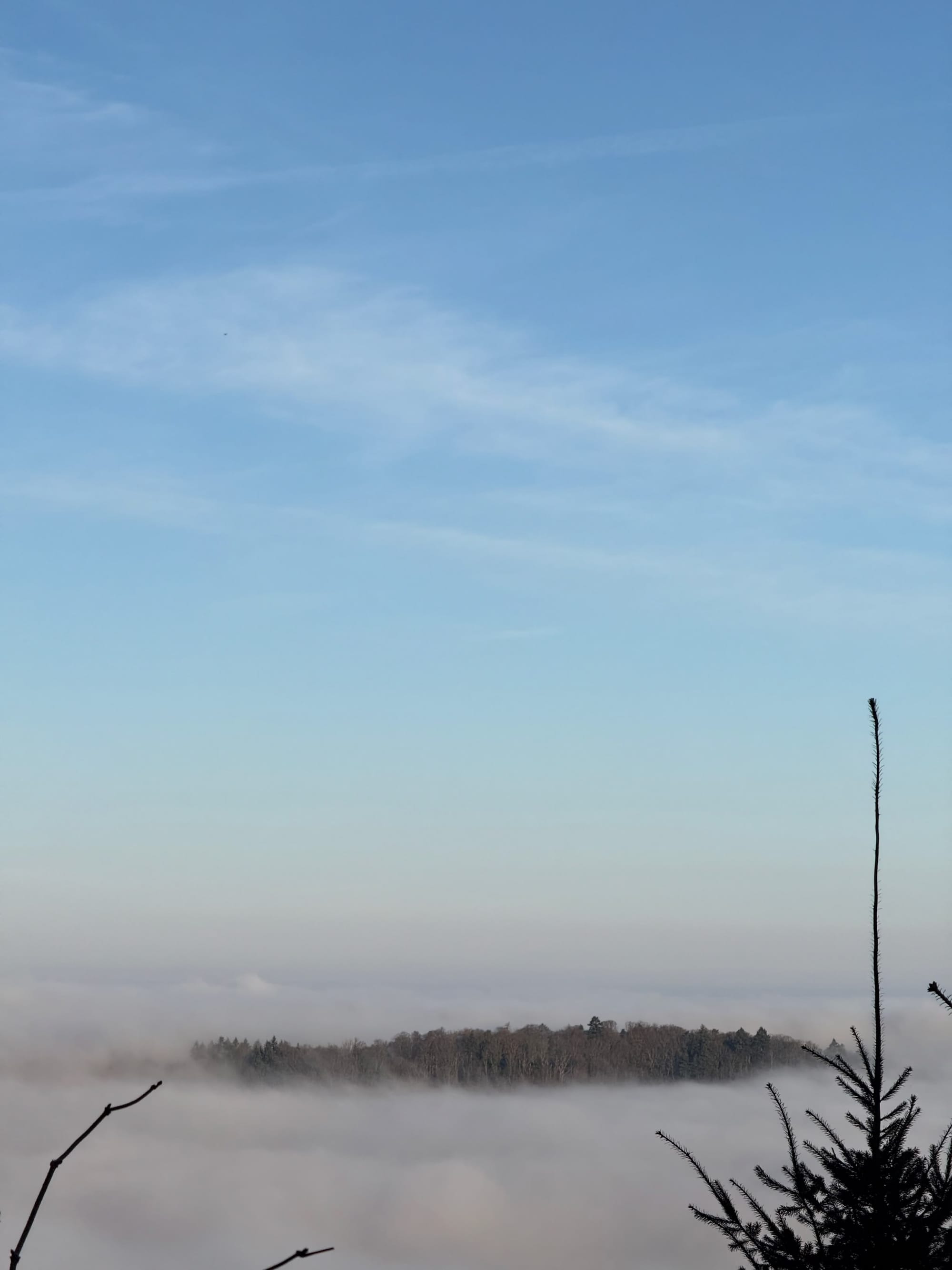
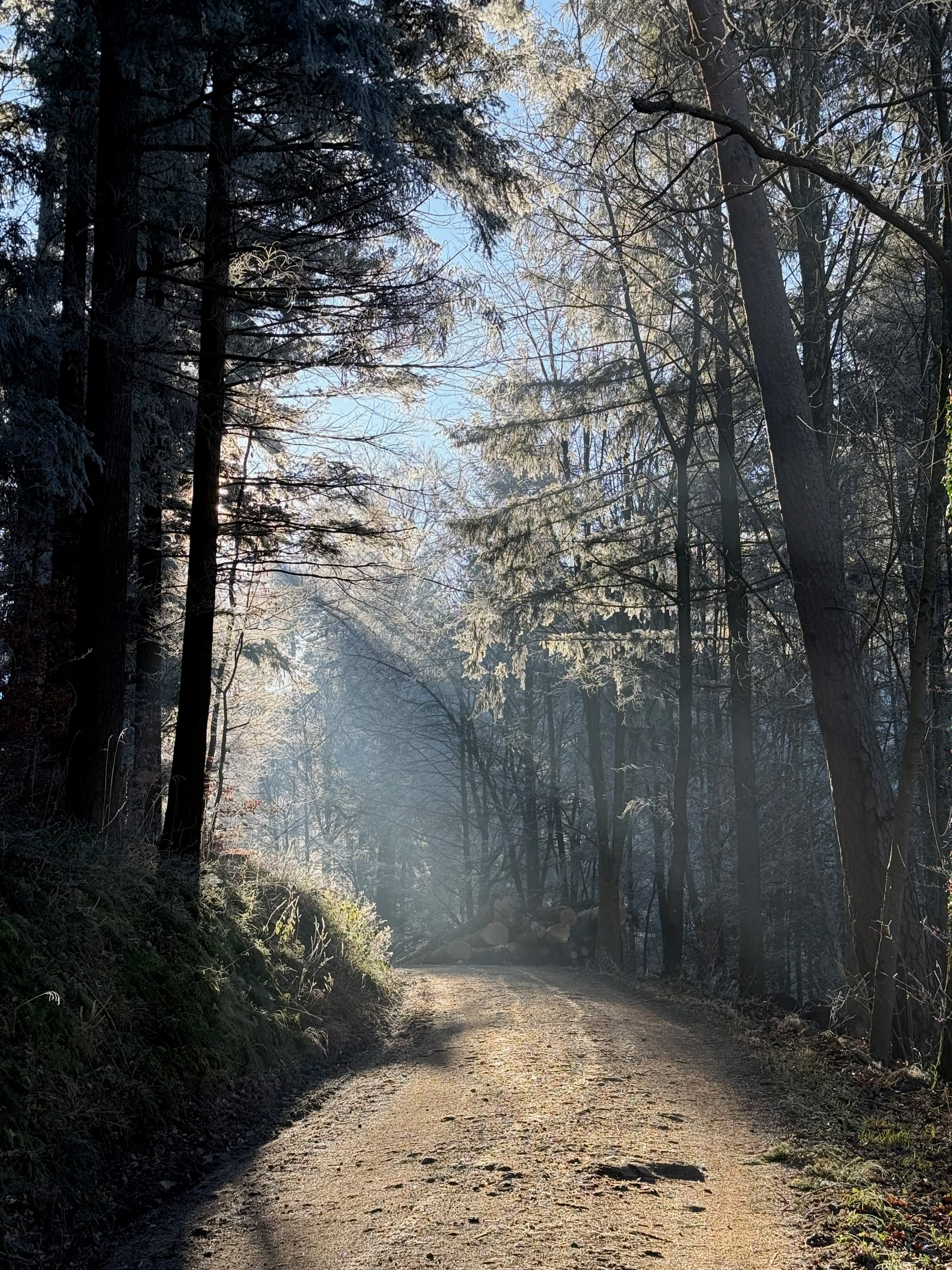
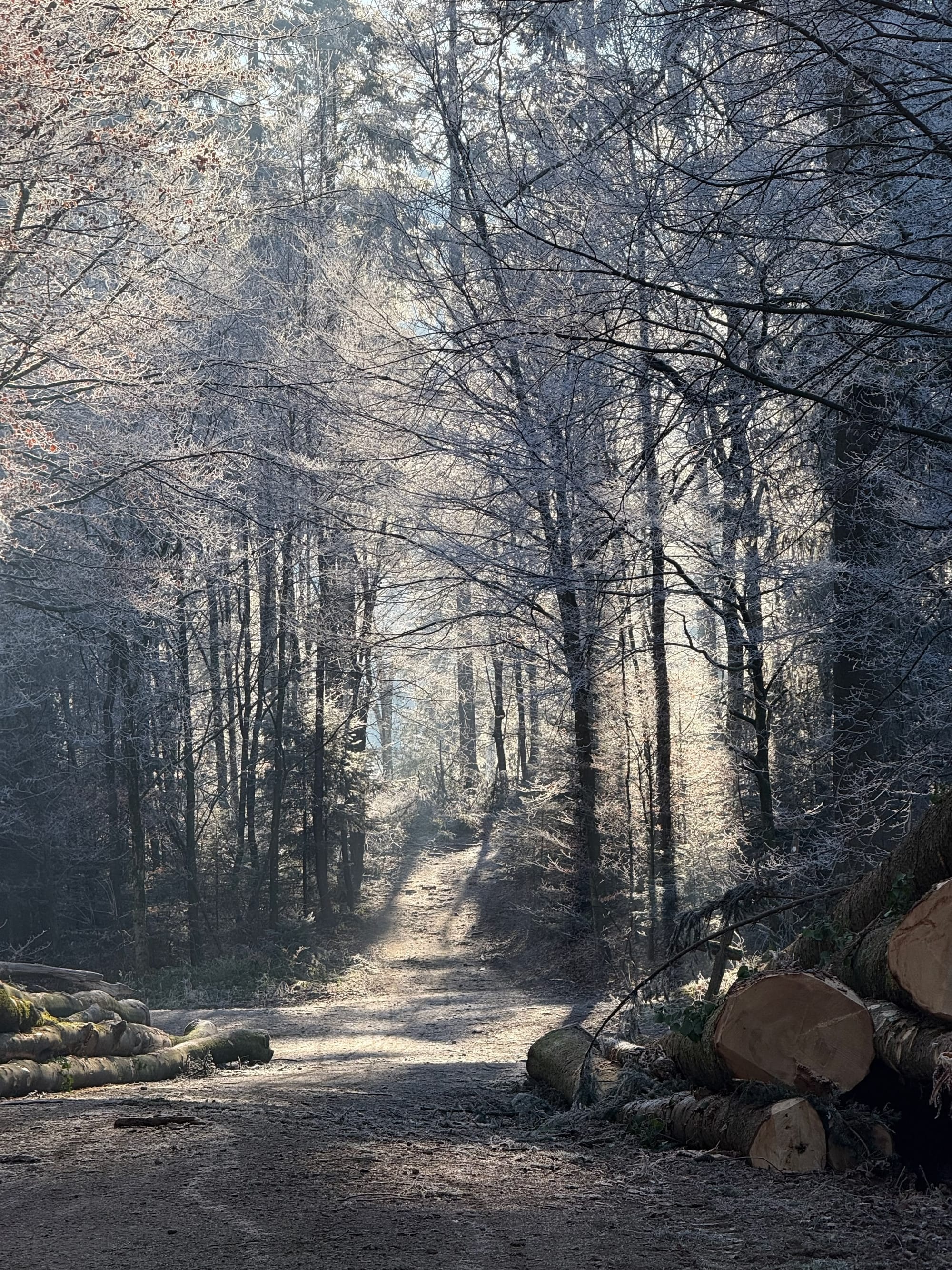
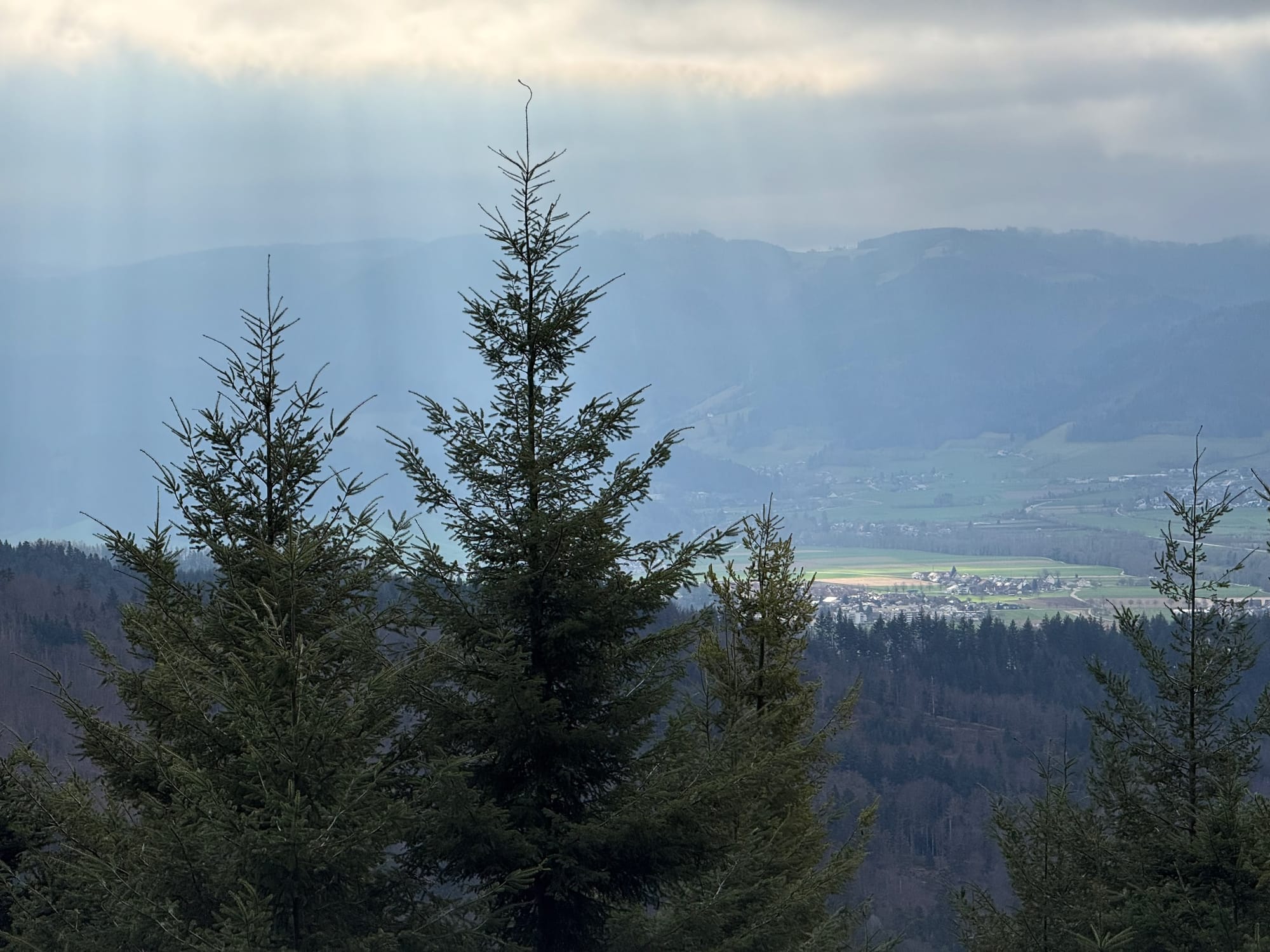
Impressions from my home trails
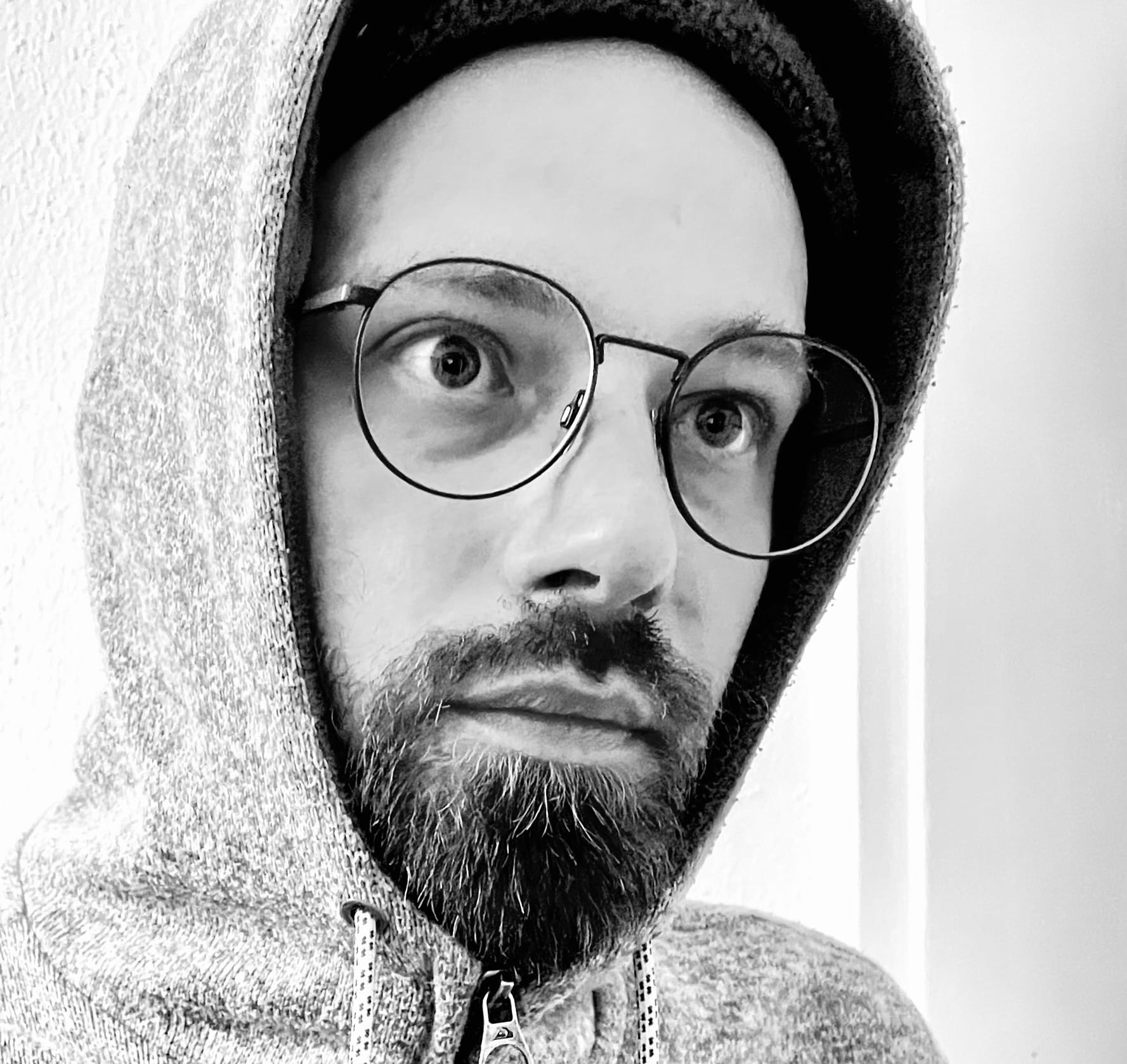
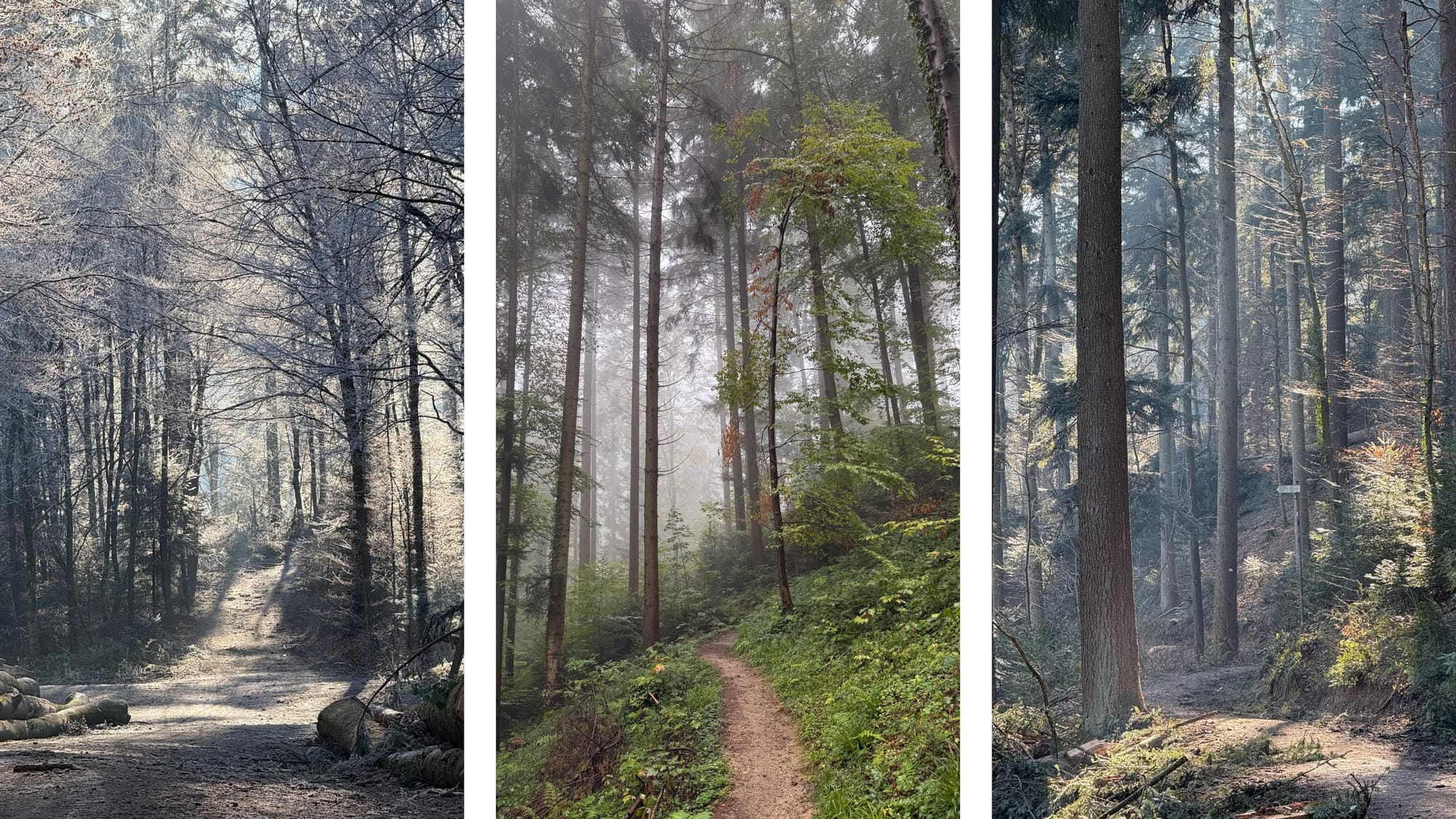
Discussion